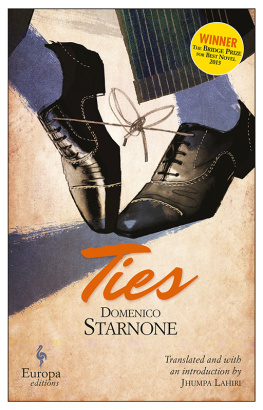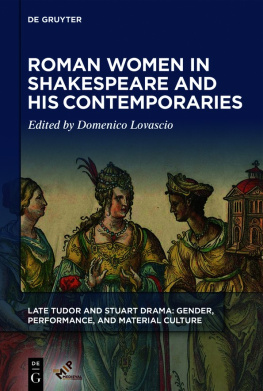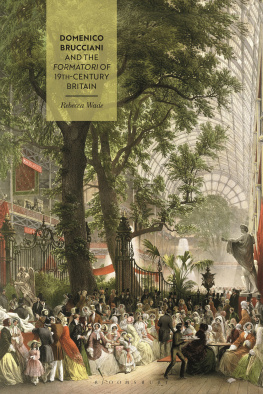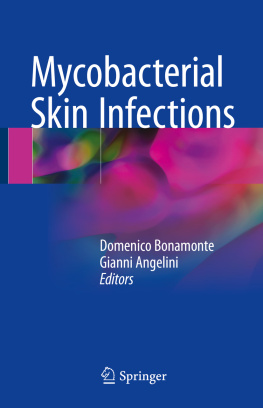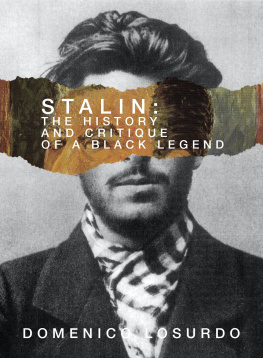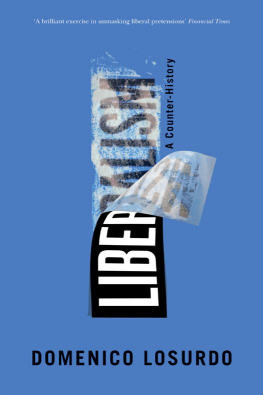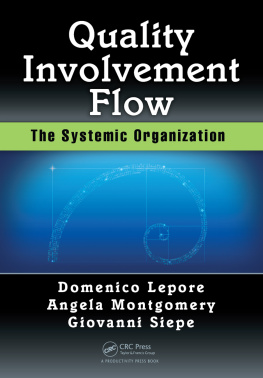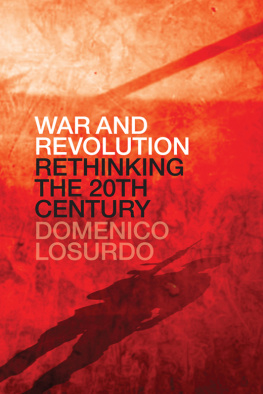TIES
I NTRODUCTION
By Jhumpa Lahiri
T he need to contain and the need to set free: these are the contradictory impulses, the positive and negative charges that interact in Domenico Starnones novel, Ties.
To contain, in Italian, is contenere, from the Latin verb continere. It means to hold, but it also means to hold back, repress, limit, control. In English, too, we strive to contain our anger, our amusement, our curiosity.
A container is designed so that something can be placed inside it. It has a double identity in that it is either lacking contents or occupied: either empty or full. Containers often hold what is precious. They house our secrets. They keep us safe but can also imprison, ensnare. Ideally, containers stem chaos: they are supposed to keep things from dispersing, disappearing. Ties is a novel full of containers, both literal and symbolic. In spite of them, things go missing.
The characters in Ties are few: a family of four, a neighbor, a lover who remains offstage. A cat, a carabiniere, a couple of strangers. But there are a number of inanimate objects that also play critical roles in the alchemy of this novel: a swollen envelope that holds a bundle of letters, a hollow cube. Photographs, a dictionary, shoelaces, a home. And what do these objects represent, if not agents of enclosure of various kinds? Envelopes hold letters, and letters contain ones innermost thoughts. Photos contain time, a home contains a family. A hollow cube can contain whatever wed like it to. A dictionary contains words. Lacesthe literal translation of the Italian title, Lacciserve to close up our shoes, which in turn contain our feet.
And as these objects are opened one by oneonce the elastic around the envelope is removed, once laces are untiedthe novel ignites. Like Pandoras box, each of these objects unleashes acute forms of suffering: frustration, humiliation, yearning, jealousy, envy, rage.
If the myth of Pandora is the leitmotif of Ties, Chinese boxes are the underlying mechanism, the morphology. The entire structure of this novel, in fact, seems to me a series of Chinese boxes, one element of the plot discretely and impeccably nestled within the next. There is no hole in the construction, no fissure. No detail has escaped the authors attention; like the home of Aldo and Vandathe husband and wife at the center of this fleet taleeverything is in place, neat as a pin.
In spite of this airtight structure, the effect is exactly the opposite. A volcanic energy erupts, circulates, spills over in these pages. The novel reckons with messy, uncontrollable urges that threaten to break apart what we hold sacred. It is, in fact, about what happens when structuressocial, familial, ideological, mental, physicalfall apart. It asks why we go out of our way to create structures if only to resent them, to evade them, to dismantle them in the end. It is about our collective, primordial need for order, and about our horror, just as primordial, of closed spaces.
Chinese boxes are of course an established narrative device to describe a story that is artfully contained within another story: examples include Lampedusas short story The Siren, Mary Shelleys Frankenstein. Ties plays whimsically with this conceit. It is one novel but it is also several. Though the elements are precisely aligned, though they correspond to one another, they are also severed. One can read the novel as three panels of a triptych, but the image of Chinese boxes remains in my opinion more apt, in that it suggests an infinite number of openings and closings, an endless game.
Lets take it a step further and regard the novel itself as a narrative container. I first called Ties a Pandoras box, and then a series of Chinese boxes, but it is also a magicians box that enchants us, from which things appear and disappear. The story jumps around, shifting tonally. And though I have just posited that it is an extremely orderly novel, it is also a gloriously messy one. Points of view are distinct but also blur, time leaps back and forth, expanding and contracting. The trajectory is point to point but also elliptical. The effect is coherent but unpredictable, blissfully free of norms.
Starnones genius is his ability to play constantly both inside and outside the box, now conforming to it, now escaping it. It is this double-pronged illusion that gives the novel such equilibrium, such force. Though perfectly plotted, though utterly satisfying, this is a novel without a formal conclusion. We never see the end of it. There are obvious scenes to come, always more boxes to confront. The finale has been truncated and we are left in suspense. Only a writer with dexterity of the highest order is capable of pulling off a trick like this.
The metaphor of the magicians box leads us to one of the central, recurrent themes in Ties: that of being deceived, betrayed. Whether cheated by an anonymous hustler or an errant husband, by a trick of the mind or fortunes whims, characters are repeatedly being duped, hoodwinked, fooled, lied to. Adultery, in this novel, implies both a physical and moral transgression: stepping outside the family home, breaking the bond between husband and wife. Although breaking that bond may entail little more than moving from one enclosure to the next.
In spite of all the solid walls, the reassuring structures we seek out and build around us, there is nowhere, Starnone seems to suggest, to feel safe. Life is what betrays the container, what spills out. Cesare Pavese comes to mind; in his short story Suicidi (Suicides) he observes, La vita tutto un tradimentoAll of life is betrayal. That is to say, time betrays us, people we know and dont know betray us, we betray ourselves by living, by growing old, and, finally, by dying. Starnone complicates Paveses observationunpacking it, if you will. Ties is less about betrayal than about pain that returns, that resurfaces: in spite of diligent efforts to organize experiences, emotions, memories, they cant be packaged, hidden, repressed, filed away. Fittingly, at one point, there is a dream in these pagesa fecund, indelible image. For dreams both contain and set free the roiling matter of our psyches.
The multiple themes encased in the novel are densely layered. It is a rumination on old age, on the passage of time, on frailty, on solitude. On forms of inheritance: economic, genetic, emotional. It is a book about marriage, about procreation, about parenting, about love. Love is a key word in Ties, a term that is questioned, redefined, shunned, treasured, maligned. At one point Vanda says that love is merely a container we stick everything into. It is, in essence, a hollow vessel, a placeholder that justifies our behaviors and choices. A notion that consoles us, that cons us more often than not.
In spite of its stormy course, its dark vision, Ties points faithfully toward freedom and its corollary, happiness. Be they virtues or privileges, be they considered a crime, freedom and happiness, in this novel, are one and the same: wild states of being that refuse to be domesticated, that cannot be trammeled or curbed. Ties looks coldly at the price of freedom and happiness. It both celebrates and castigates Dionysian states of ecstasy, of abandon. And though happiness often involves linking ourselves to other peoplein other words, stepping outside the confines of ourselvesit is something, in the final analysis, that characters experience privately, alone.
Pandoras box sets free the evils of the world. Only hope remains. Ties, too, though caustic, though troubling, remains a hopeful novel. It is bathed in light, it contains moments of great tenderness. It is lyrical, agile, energetic. It is also very funny. It is a great work of literature. And nothing gives me more hope than this.

